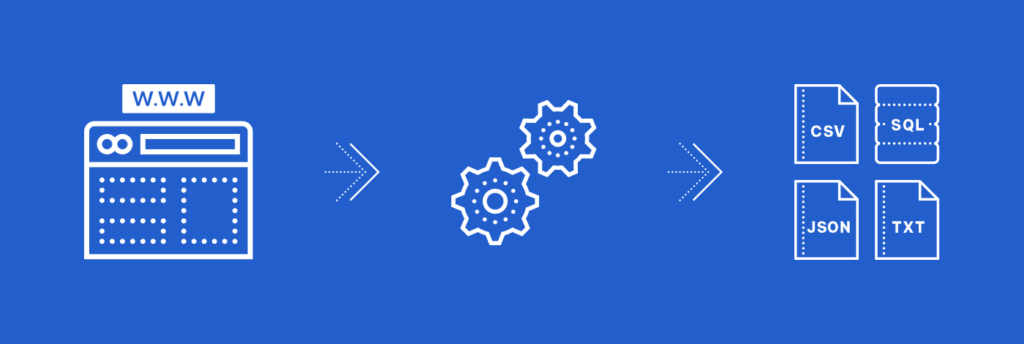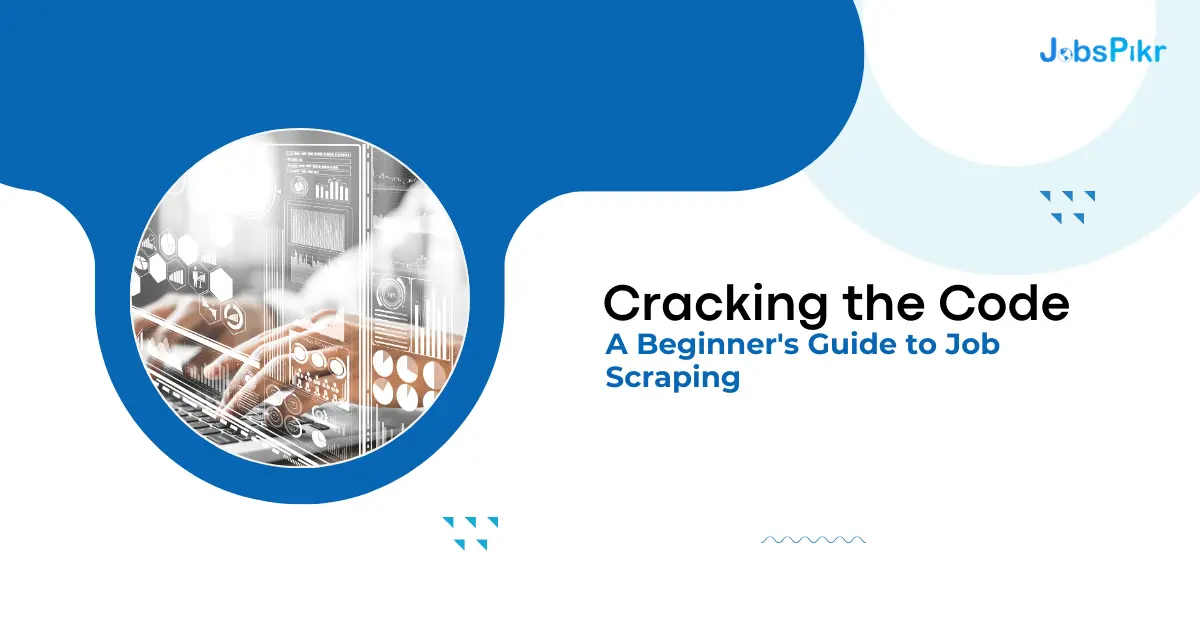Job scraping, also known as web scraping, is the process of extracting data from websites using specialized software or algorithms. This technique has become increasingly popular among businesses, researchers, and individuals looking to gather valuable information from the internet.
If you’re interested in learning how to scrape jobs, you’ve come to the right place! In this beginner’s guide, we’ll cover everything you need to know to get started with job scraping.
Why Scrape Jobs?

Image Source: Proxy scape
Before we dive into the technical aspects of job scraping, it’s important to understand why people do it. Here are some reasons why scraping jobs can be useful:
- Job search: Many job seekers use job scraping to find job openings that aren’t advertised publicly. By scraping job listings from company websites, job boards, and professional networks, they can gain access to a wider range of job opportunities.
- Market research: Companies often use job scraping to analyze their competitors’ job postings, salaries, and requirements. This helps them identify industry trends, potential hires, and areas where they can improve their recruitment strategies.
- Data analysis: Researchers and analysts use job scraping to collect large datasets of job listings, which they can then analyze for insights into labor market trends, employment patterns, and skill sets in demand.
- Automation: Job scraping can automate many tasks involved in the job acquisition and listing process for job boards. This reduces the workload significantly and allows job board companies to source fresh listings from multiple sources directly onto their website.

What Do You Need to Know about Job Scraping?
Before you start scraping jobs, there are several things you should be aware of:
- Legal considerations: Make sure you understand the legal implications of job scraping. While it’s generally not illegal, there are restrictions around how frequently you can scrape sites and what data you can collect. Familiarize yourself with the terms of service and robots.txt files of the websites you plan to scrape.
- HTML basics: Understanding HTML code is essential for identifying and extracting job listing data. Learn about HTML tags, classes, and IDs to help you navigate and parse web pages.
- Programming skills: Choose a programming language like Python, JavaScript, or Ruby that supports web scraping libraries and frameworks. Familiarize yourself with the syntax and basic coding concepts before diving into job scraping.
- Web scraping tools: There are many web scraping tools available, both free and paid. Some popular options include Beautiful Soup, Scrapy, and Ahrefs. Choose one that fits your needs and skill level.
- Proxies and VPNs: To avoid getting banned by websites, use proxies or VPNs to rotate IP addresses and hide your identity.
- Plan your Approach: Decide what type of jobs you want to scrape (e.g., entry-level, remote, freelance) and which websites you’ll target. Create a plan for handling common obstacles like pagination, duplicates, and missing data.
How to Scrape Jobs
Now that you have the necessary knowledge and tools, let’s walk through the steps for scraping jobs:
Step 1: Inspect Your Target Website
Open the website you want to scrape and inspect the page source. Look for the job listings and identify the HTML tags surrounding each listing. Use the developer tools in your browser to highlight and examine the elements you want to scrape. In Indeed.com’s case, job listings are contained within <div> tags with a class of “jobTitle”.
Step 2: Write Your Script
Using your chosen programming language and web scraping tool, write a script that retrieves the job listings from the website. Start by importing the necessary libraries and defining any variables needed for the script. Then, use the web scraping tool to navigate the webpage, locate the job listings, and extract the relevant data. Extract the relevant job listing data, such as job title, company name, location, and description. Store the extracted data in a local file or database for further analysis.
Step 3: Handle Pagination and Duplicates
Many job listings span multiple pages, so you’ll need to handle pagination in your script. Use the web scraping tool to detect when a page changes and adjust your script accordingly. Additionally, you may encounter duplicate job listings, so implement a system to remove duplicates and prevent unnecessary processing.
Step 4: Process Data for Your Needs
As mentioned before, job data can be used to serve various purposes. Based on the details obtained, filter, modify and process the data to meet your requirements.
Job scraping has been a prominent industry in the last few years, gaining momentum to cater to various industries. While this may seem like a daunting task, several platforms like JobsPikr provide the right data to meet scraping needs.
Conclusion
In conclusion, job scraping is a powerful technique for extracting valuable job market data, offering insights into trends, demand, and opportunities across various industries. For beginners, understanding the fundamentals of job scraping and the role of job scraping software is crucial. By utilizing the right tools and methodologies, even those new to the field can efficiently gather and analyze job data. Embracing job scraping software not only simplifies the data extraction process but also ensures accuracy and comprehensiveness, enabling businesses and job seekers to make informed decisions. As the job market continues to evolve, mastering job scraping will become an indispensable skill for staying ahead in the competitive landscape.
Click the link to learn more about our job scraping software, and sign-up with us to get started. Happy scraping!




